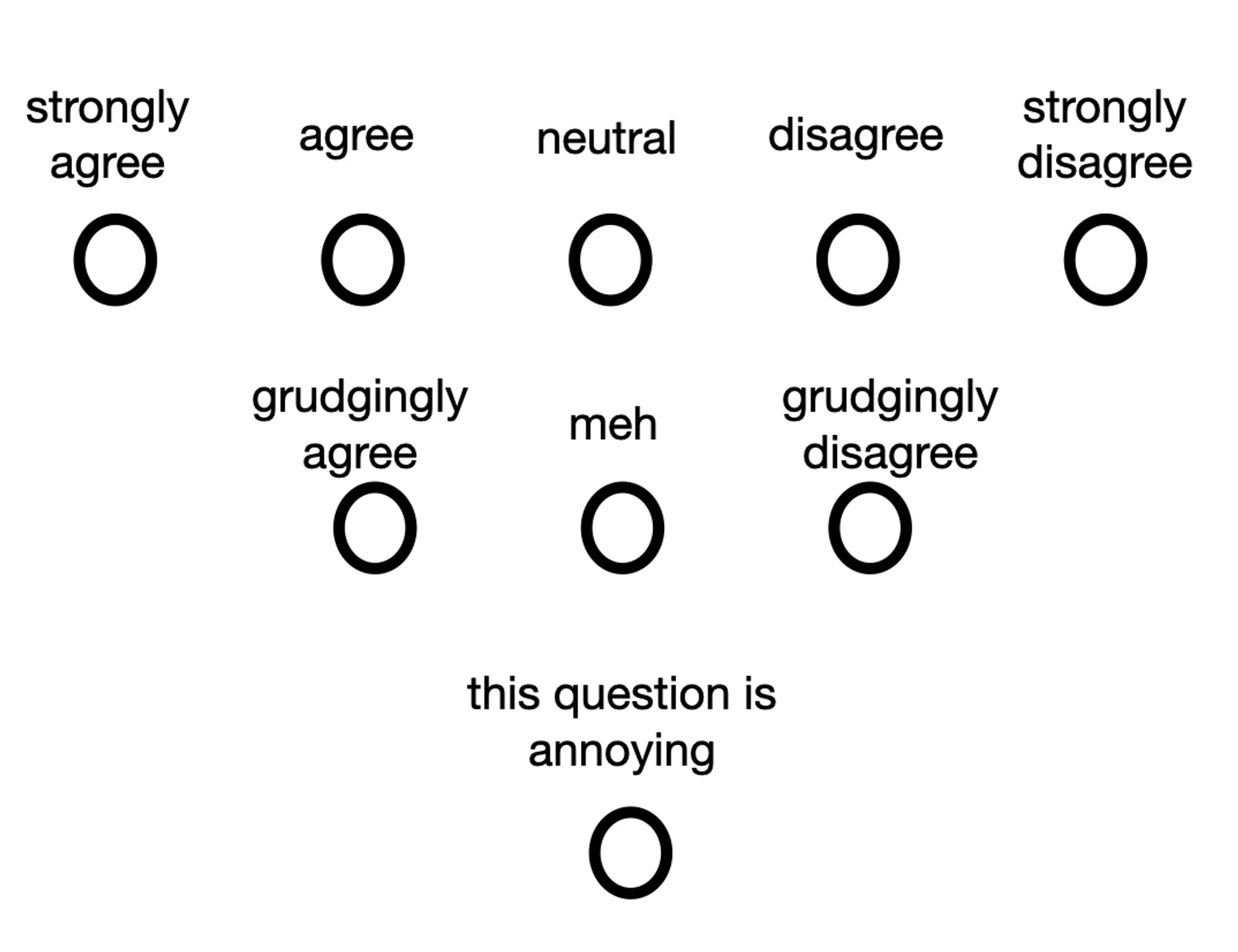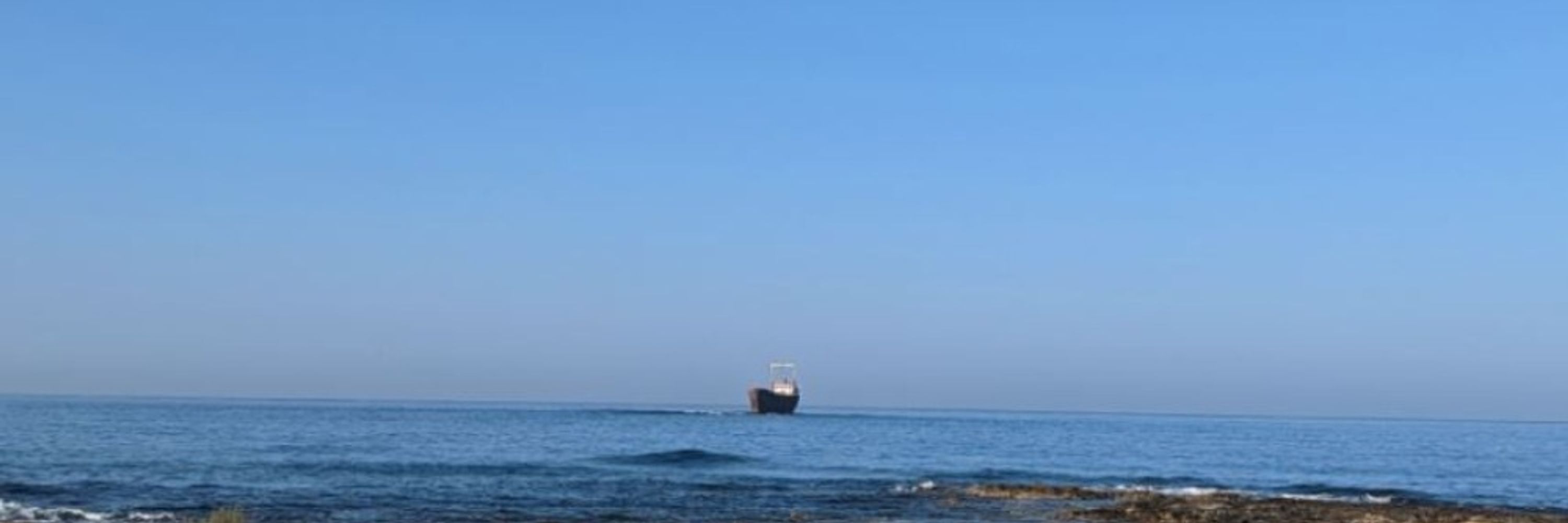
Completely forgot to post images from the Tahu-nui-ā-Rangi Aurora Australis on 17th sept under a full moon. Standing in knee deep dry fresh powder snow in my shorts, I need my head read bringing these images go you. Looking to Remarkables & Queenstown

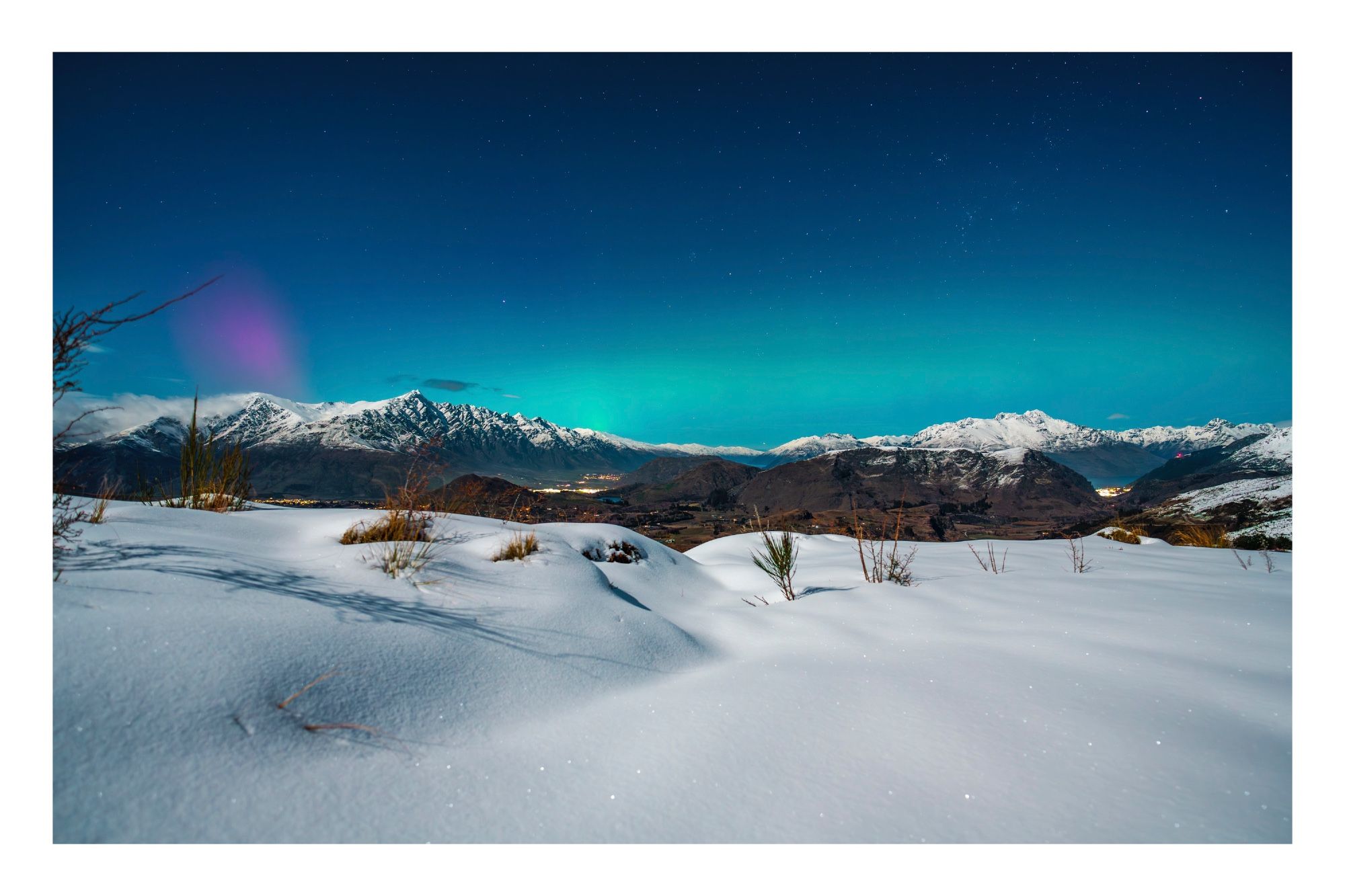
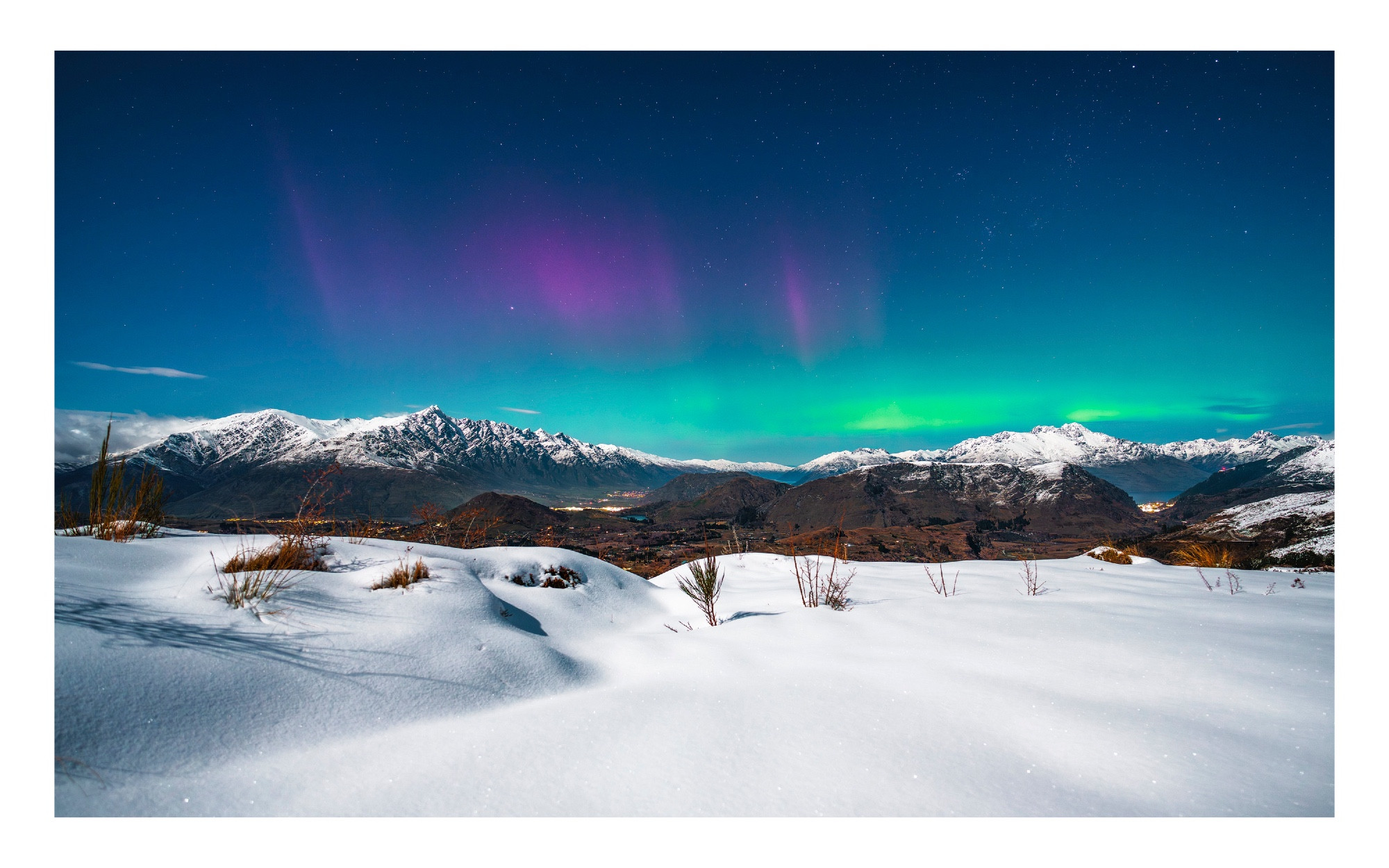

The paper, as it stands, would still not be able to support its conclusions. What all of this comes down to is not that open science is good (it is tho!) or documentation helps (it might!). It's that it all comes down to design and inference. It's the science that ultimately matters.
I bought this years ago from Science on a Postcard and I still have it on my desk and give it to my mentees #AcademicSky

Remember MOOCs? Remember NFTs? Remember crypto? No? Neither does your provost--they're working on AI now
What do you call a beige retractable ruler? A taupe measure
Please stop emailing us questions about your timetables. They’re on schedule to be delivered three weeks after lectures start.
this is pretty amazing: @lucinauddin.bsky.socialwww.lieffcabraser.com/antitrust/ac... summary of the case:
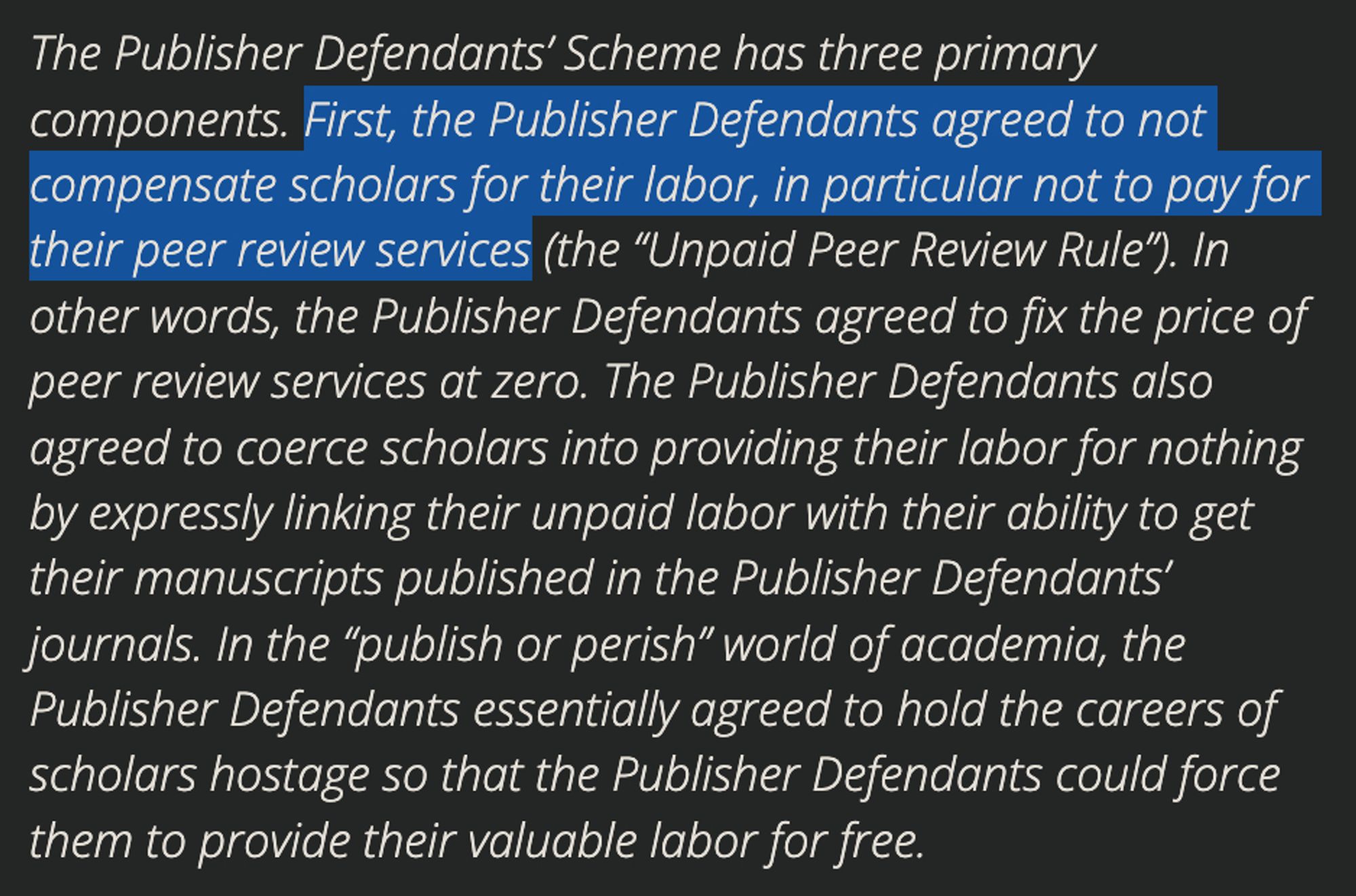

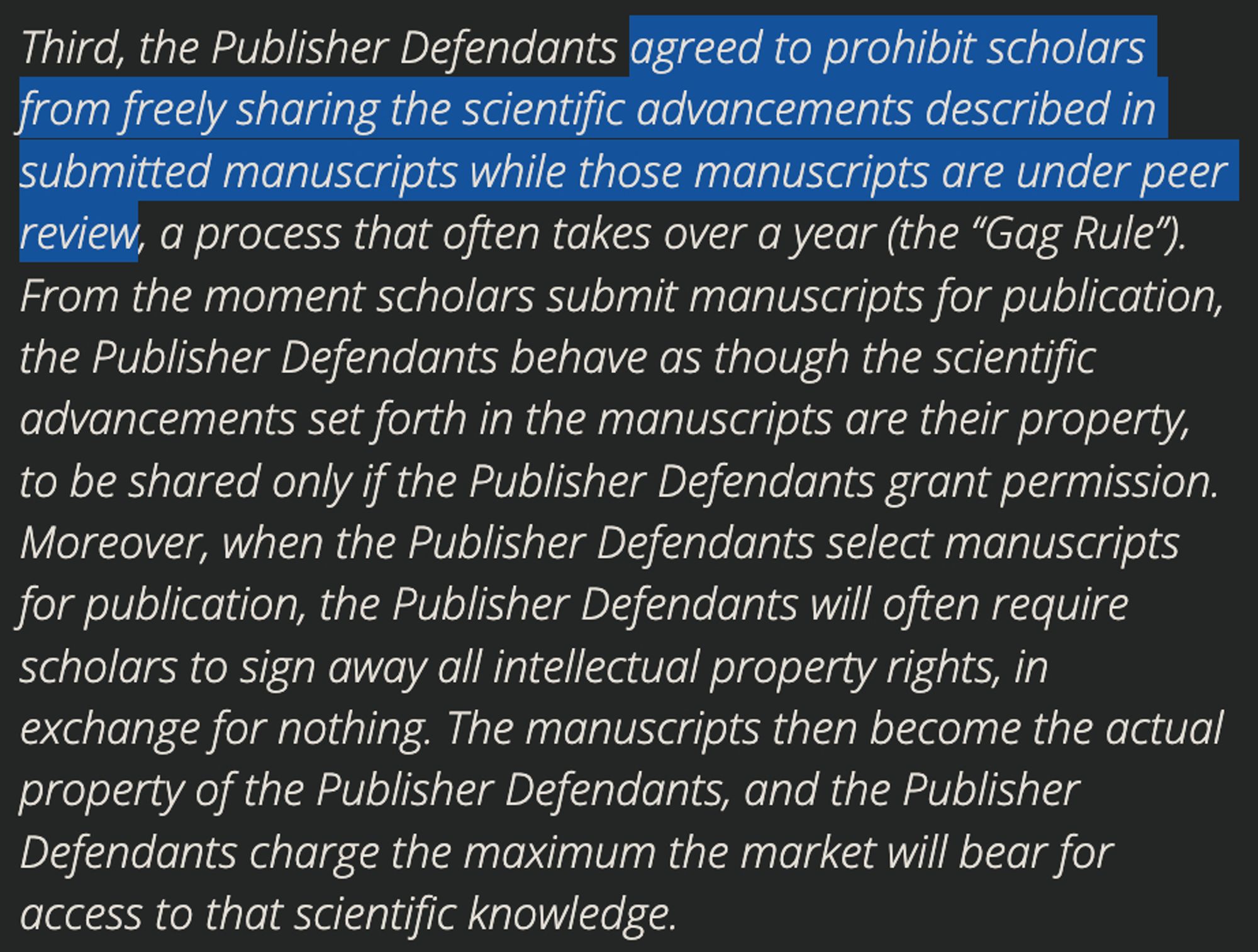
Lesson of this study: Bicyclists are an indicator species for general street safety (across drivers, pedestrians, etc). If you see lots of people cycling, city streets are probably safe. If not, you've got a problem. doi.org/10.1016/j.jc...

This is the #ClimateEmergency
Rising temperatures are affecting production of Arabica, the most popular coffee bean. Arabica production is expected to decrease 80% by 2050.
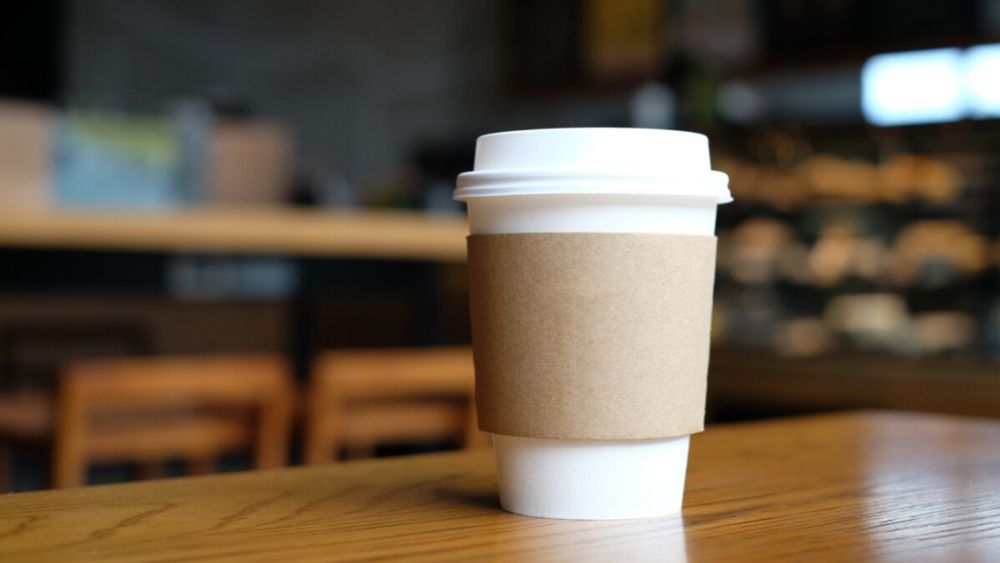
The Robusta coffee bean might have to widely replace Arabica in the next 30 years.

